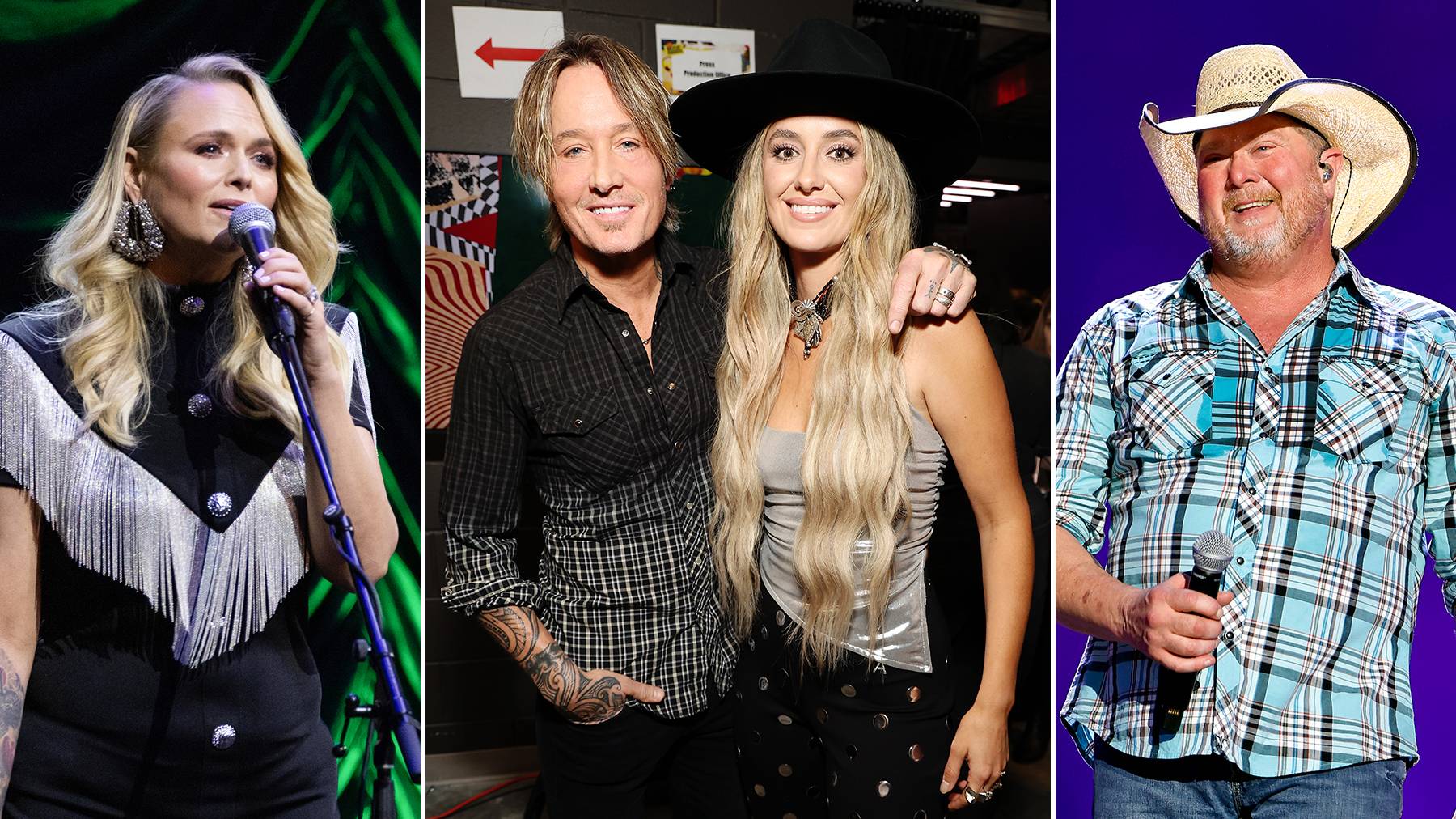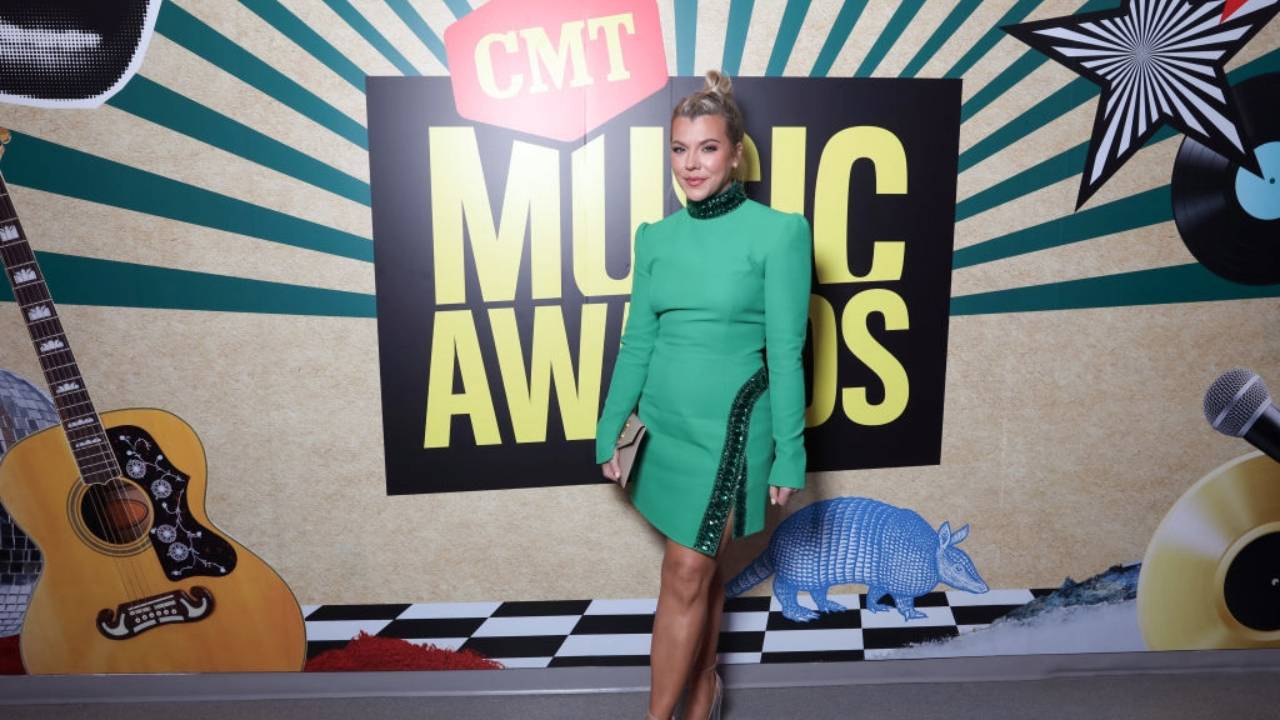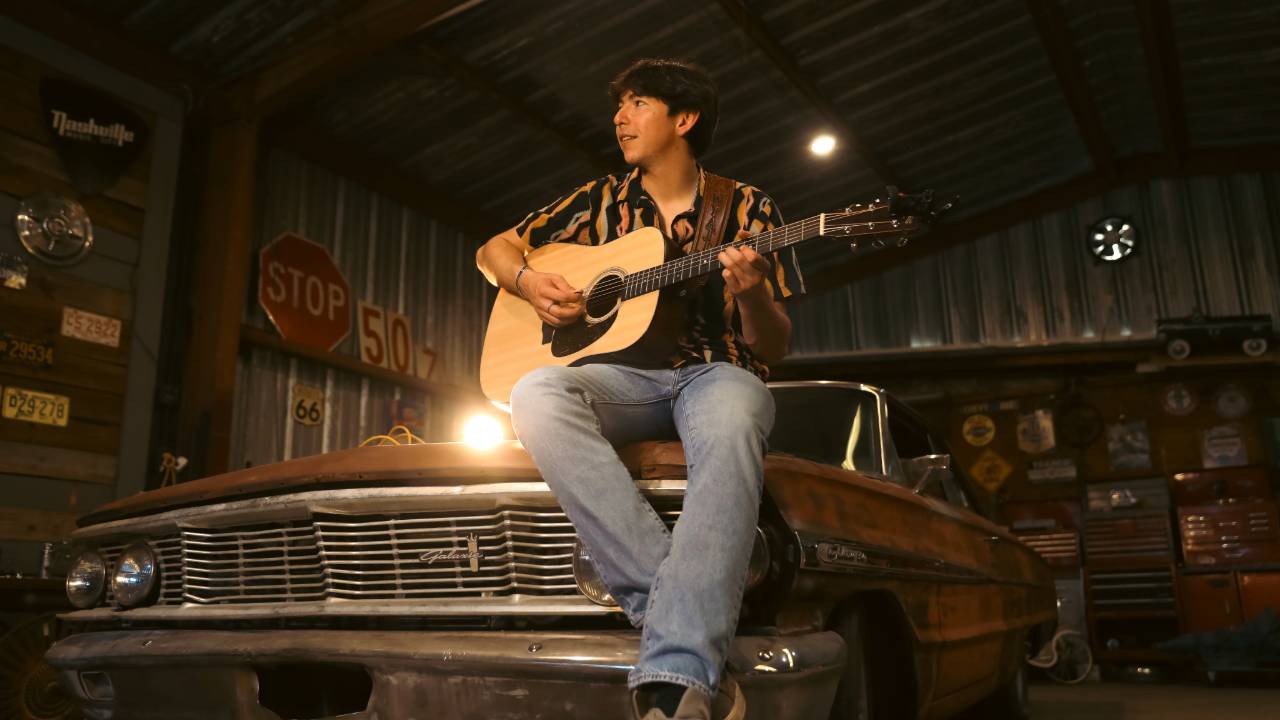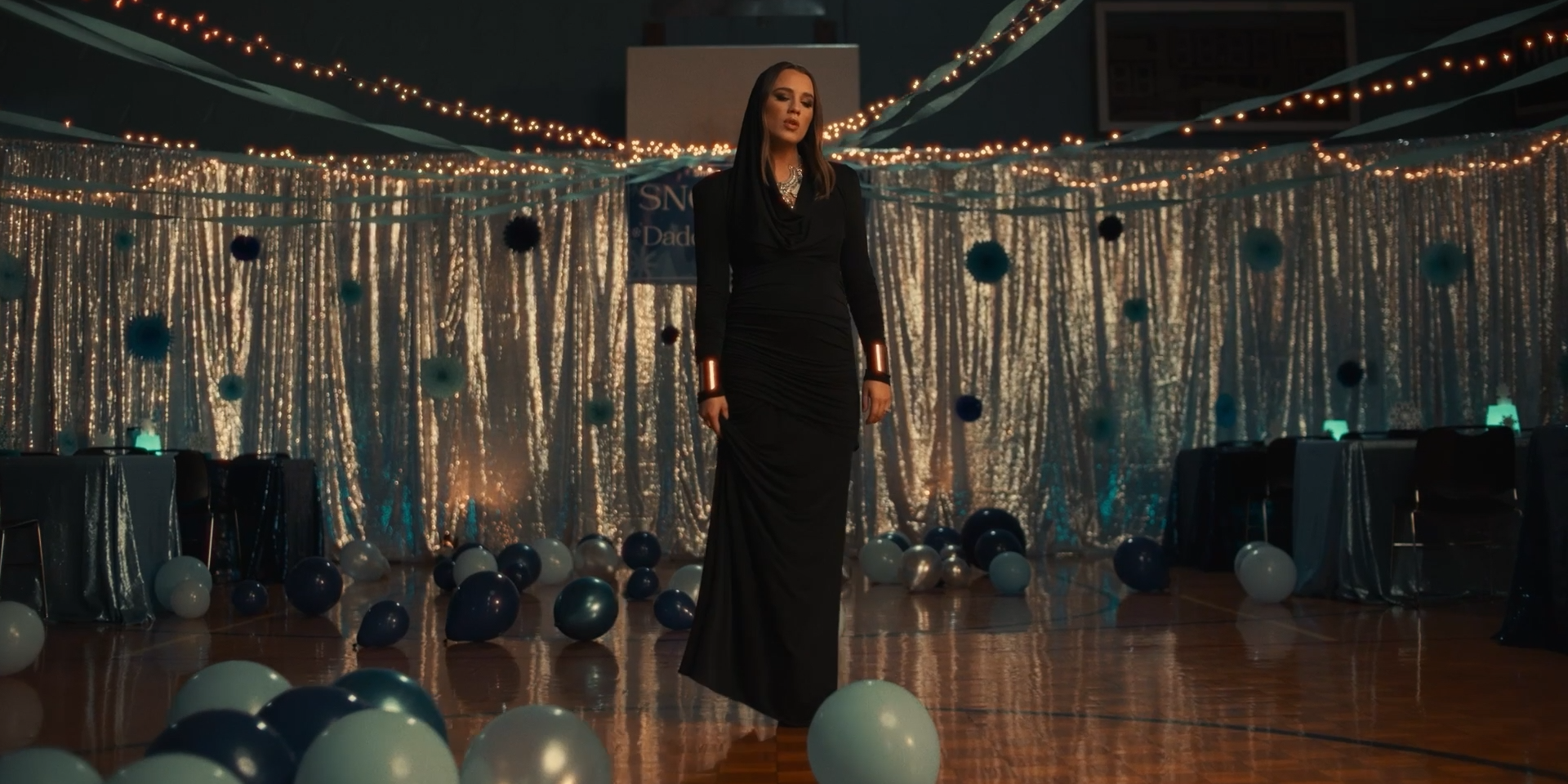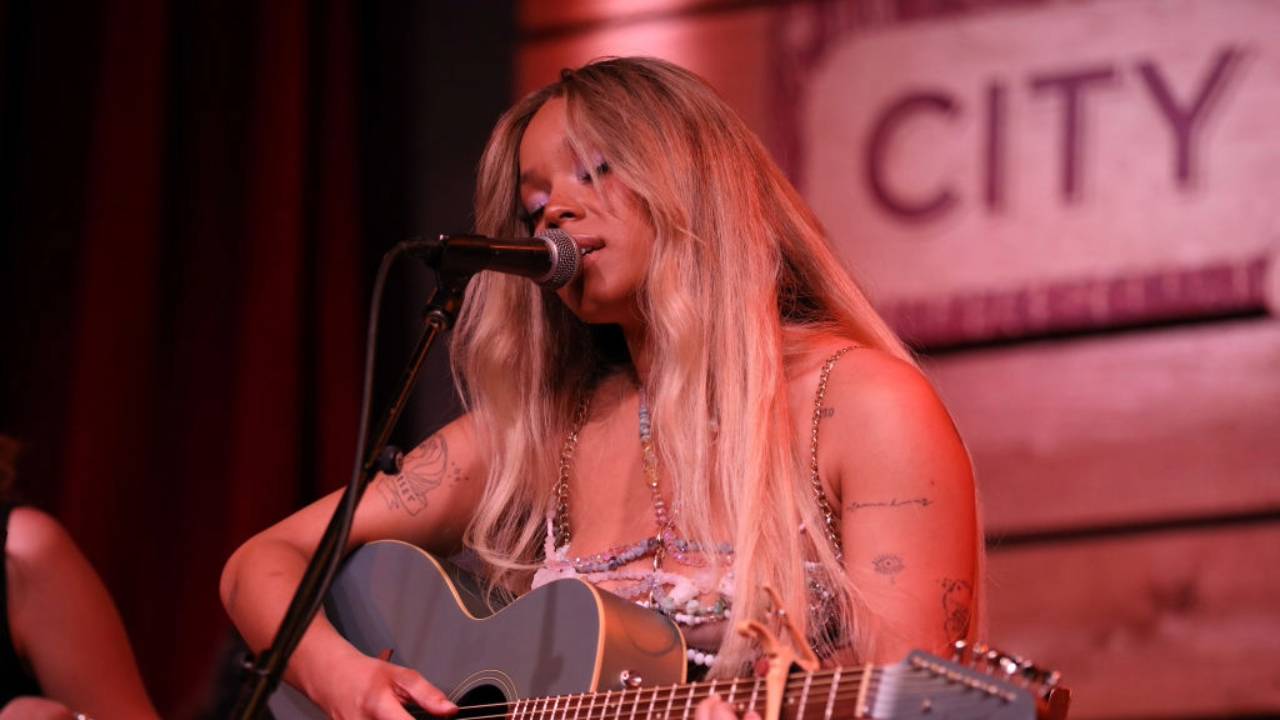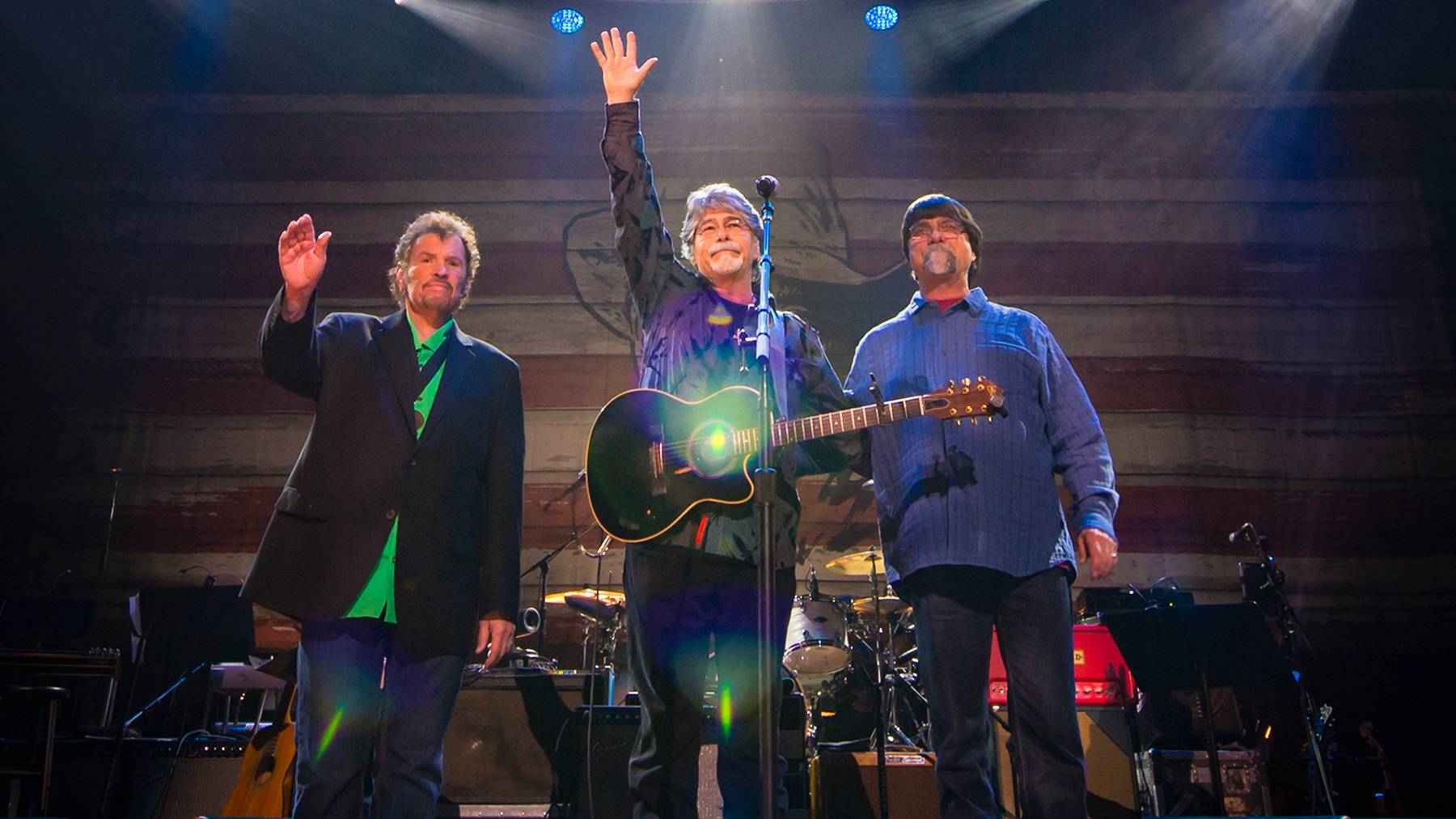Celebrate the Women Who Helped Shape Country Music
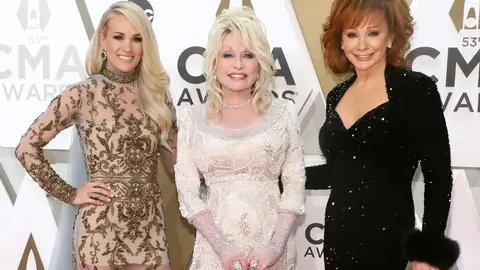
Throughout country music’s history, whenever the genre has required brave innovation that has yielded significant critical acclaim and financial reward, women are at the forefront of those moments. From Sara and Mother Maybelle Carter to Kacey Musgraves, Mickey Guyton, and a century of standout others, women have excelled. In highlighting the exemplary exploits of women throughout the past century of country music, notes regarding the genre’s continually evolving history of innovative development also become apparent.
The 1920s
Country music does not have forefathers. It has the greatest grandmothers, instead. Vocalist Sara Carter and her sister-in-law/musical accompanist Mother Maybelle Carter joined with Sara’s husband A.P. to form The Carter Family. The trio is country music’s foundational pop unit and responsible -- in some manner -- for a century of beloved sounds blending folk, bluegrass, and gospel music into a pop-aimed juggernaut. On August 1, 1927, the group traveled 26 hours from Maces Springs, Virginia, to Bristol, Tennessee, to record two songs, "Wandering Boy" and "Poor Orphan Child." Those proved successful, and nearly 16 months to the date later, on December 2, 1928, Victor released "The Storms Are on the Ocean" and "Single Girl, Married Girl," which spurred The Carter Family’s acclaim. Continue listening to The Carter Family, and note Maybelle’s famous “Carter Scratch” guitar technique on 1928 recorded “Will The Circle Be Unbroken.” Country music’s most familiar hymn, it’s considered the moment in which “country music” -- as a genre borne of bluegrass, folk, and gospel -- emerges.
Mother Maybelle’s daughters Helen, June, and Anita achieved their success both with (and in June’s case) without the family. Sara was childless in reality. However, in theory, if looking for every female country vocalist’s historical inspiration from Patsy Cline to Taylor Swift, Sara Carter plays a significant role.
The 1930s
In the era before the deepening of the Great Recession, acts such as the Prairie Ramblers played on radio programs like the Chicago’s National Barn Dance, entering its second decade of airing via the city’s WLS-AM. Female vocalist Patsy Montana’s 1935 hit single, “I Wanna Be a Cowboy’s Sweetheart,” mirrored the antics of the “singing cowboy” craze of the era, highlighted by the likes of Roy Rogers and Gene Autry. Her “yodeling cowgirl” style was popular and extended her career past the National Barn Dance to appearances on the Louisiana Hayride and the Ozark Jubilee, too. Six decades after starting her career, Montana was inducted into the Country Music Hall of Fame in 1996.
Notable as well is dulcimer player Kitty Cora Cline, who became the Grand Ole Opry’s first female soloist when she made her Opry debut on March 24, 1928. From 1928-1934 (when she witnessed a horrible auto accident and vowed to never again travel by car), she was a frequent -- and groundbreaking -- Opry performer.
The 1940s
Hillbilly humor unquestionably lifted America’s rising spirits after the Great Depression. By 1940, comedienne Minnie Pearl’s $1.98 hat and hollering "How-w-w-DEE-E-E-E! I'm jest so proud to be here!" greeting made its way from the Southern independent theater circuit to the stage of the Grand Ole Opry. For five decades that followed, Pearl embodied the voice and vibe of country music’s genteel aesthetic. To this day, a life-sized statue of Minnie Pearl sits on a pew alongside a statue of Roy Acuff in the lobby of Ryman Auditorium -- the Grand Ole Opry’s original home.
Regaling America with comic tales of her hometown of Grinders Switch, Tennessee, Pearl appeared in every vital moment of country’s late 20th-century growth. She appeared on Hee Haw, and The Ford Show, Starring Tennessee Ernie Ford, plus was a panelist on game shows such as Match Game and Hollywood Squares. Plus, she made a cameo appearance in the film Coal Miner's Daughter.
Hillbilly comediennes were not just limited to the South. Judy Canova began her career in New York in the early 1930s as part of a family act that was one of the first country acts to appear on television. As a solo performer, her hillbilly character became popular in cinema. By the 1940s, her national radio show was a popular national broadcast.
The 1950s
As the triple threat of pop music, television, and mainstream radio airplay converged upon country music, the genre’s female stars continued to shine. Nashville-born Kitty Wells rose to acclaim as the frontwoman of the Tennessee Hillbillies and then the Tennessee Mountain Boys. By 1952, Wells had released "It Wasn't God Who Made Honky Tonk Angels" for Decca Records. Released during the summer of that year, it sold more than 800,000 copies in its initial release. Notably, it rose to become the first single by a female singer to peak at number one in the history of Billboard’s country music chart, where it remained for six weeks.
Over the next 15 years, Wells achieved three-dozen top ten country singles. Her success as the first solo female country artist to have a number-one single, sell one million records, headline a major tour and syndicated television variety show led to her being voted the genre’s top female artist for 14 consecutive years. This culminated in her being inducted into the Country Music Hall of Fame in 1976.
Simultaneous to Kitty Wells’ growth, Patsy Cline and Loretta Lynn were also emerging as female stars in the era. Cline was ALSO signed to Decca and, by 1957, had a hit with “Walkin’ After Midnight.” As well, Loretta Lynn had started her barnstorming country career.
The 1960s
Country music’s desire to mirror then modern, smoother pop influences yielded a sound that by the end of the decade would become known as “countrypolitan.” Evolving country from its folk and bluegrass roots, in many cases, fell on the shoulders of two women, Patsy Cline and Loretta Lynn. The duo were familiar with each other as tent and jamboree show headliners throughout the country. Both signed to Decca Records, a decade-long run of top ten hits from the label started with Cline’s “I Fall To Pieces” in 1961 to Lynn’s “One’s On The Way” ten years later.
Cline died in 1963 after a tragic plane crash. However, alongside “I Fall To Pieces” was “Crazy,” yet another hit that showcased Cline’s talent in evolving country music’s sound past its Appalachian hillbilly traditions into a more straightforward pop-aimed sound.
As for Lynn, the “Coal Miner’s Daughter” from Butcher’s Holler, West Virginia, kicked off the decade with the minor hit single “I’m A Honkytonk Girl.” By 1966, her reputation as a fiercely outspoken -- yet dichotomous -- housewife and woman’s rights activist developed and resulted in “Don't Come Home a Drinkin' (With Lovin' on Your Mind),” her first number-one country hit. By 1970, the heart-warmingly biographical "Coal Miner's Daughter" was Lynn’s first single to cross over to Billboard’s Hot 100 charts. Still vibrant, active, and relevant as an artist at 88 years of age in 2021, her style and influence truly define the definition of “timeless inspiration.”
As well, in 1969, Linda Martell became the first Black female artist to achieve a Top 25 country hit with her cover of The Winstons’ “Color Him Father. This success afforded her the distinction of being the first Black woman to perform on the Grand Ole Opry.
The 1970s
There may be no more iconic and instrumental era for women in country music than the 1970s. In 1968 and 1969, Tammy Wynette -- via number-one singles “D-I-V-O-R-C-E” and “Stand By Your Man” presented a more deepening fray Loretta Lynn’s presentation of women in the genre. The days of women being seen only as dutiful housewives and liberated, solo goal-oriented professionals were on the wane. Between 1969-1975, Wynette was married -- though fraught with spousal abuse -- to legendary male country star George Jones. The tandem released albums together, and their biggest hits "The Ceremony" (1972), "We're Gonna Hold On" (1973), and "Golden Ring" (1976) presented seeming joy, underpinned by a sense of profound sadness that often existed without significant media concern.
As well, in 1974, Pigeon Forge, Tennessee-born singer-songwriter Dolly Parton sang “I Will Always Love You”, in effect to loosen herself from being professionally attached to her television star boss Porter Wagoner, aka “Mr. Grand Ole Opry.” As the song soared to the top of the Billboard country charts, she grew from the status of being the slyly subversive star behind the song “Dumb Blonde” to becoming a global music icon and renowned ambassador of kindness and goodwill.
By the end of the 1970s, Wynette and Parton were joined by the likes of established names like Dottie West and Loretta Lynn, plus more rising stars including Texan Barbara Mandrell, Nashville’s Lynn Anderson, and a growing set of global stars like Canadian “Songbird” Anne Murray as bankable female names in country music.
A brief aside must be made as well for The Pointer Sisters’ Grammy win for Best Country Song and Best Country Vocal Performance By a Duo or Group, for their 1974-released single “Fairytale.” The African-American quartet were blues-rock and disco background singers skilled in jazz, soul, funk, and rock. Fueled by what can best be described as a “countrified” soul, the group had ten top-40 singles in the era between 1974-1983.
The 1980s
The 1980s exposed to the world the dynamic potential of women in country music as the genre’s leading superstars.
Tanya Tucker first achieved country stardom at 13 in 1972 via the hit single “Delta Dawn.” For the five decades that have followed, her career -- like the tumbleweeds that often roll through her tiny hometown of Seminole, Texas -- has been an alternating case of tremendous personal success, followed by shocking, inspiring revitalization. Her 1978 album TNT featured a racier, rock-styled edge and featured the rocking country anthem "Texas (When I Die)," one of her signature songs.
The 1980s saw Tucker become emblematic in many ways of both country’s full embrace of its outlaw image and its growing mainstream acceptance. She dated Merle Haggard, Glen Campbell, and Don Johnson, starred in feature films, had fourteen top-10 Billboard Country chart singles, and survived addictions after a visit to the Betty Ford Clinic. Given Tucker’s 2020 Grammy wins for Best Country Album and Best Country Song, she may be the genre’s ultimate survivor and most prominent female outlaw.
As well, Reba McEntire grew from an Oklahoma-born, National Anthem-singing rodeo cowgirl to -- by the release of her 1986 hit “Whoever’s In New England” -- a platinum-selling Hall of Fame country recording artist. The video for “Whoever’s In New England” was the genre’s first big-budget pop-crossover video smash. Thus, this allowed McEntire to eventually emerge as a television and film star with 200-plus credited appearances, including six seasons of a self-titled sitcom, Reba, that aired on the WB and CW networks from 2001 until 2007.
Regarding 70’s star Parton, by 1981, her single “9 to 5” was the lead song from a film she was starring in alongside Dabney Coleman, Jane Fonda, and Lily Tomlin. The song also simultaneously reached the top of Billboard’s Hot Country Singles, Hot 100, and Adult Contemporary charts. Two years later, she’d released “Islands in the Stream,” a Bee Gees-penned, triple-platinum pop crossover hit duet -- and a global No. 1 -- with Kenny Rogers.
By 1984, Parton was starring in the films The Best Little Whorehouse in Texas and Rhinestone with Burt Reynolds and Sylvester Stallone, plus she’d received a star on the Hollywood Walk of Fame. In 1985, Parton invested $5 million ($12 million in 2020 dollars) in the Silver Dollar City amusement park in her native Sevier County, Tenn.; one year later, the park reopened as Dollywood.
The 1990s
By the 1990s, country music had three decades of female stars that had broken ground everywhere from stage to screen and beyond. The growth now occurred more so within the genre itself as female stars grew as both pop icons but more so vital cogs in country music’s professional machine.
Emblematic of this increase in the strength of women as integral industry cogs is Houston-raised K.T. Oslin -- a Broadway star and folk singer who played in a trio with Guy Clark -- whose 1988 smash female anthem "80's Ladies" won two CMA awards for both female vocalist and song of the year. Oslin was the first woman to win the latter prize, which proved a harbinger of women’s success throughout the 1990s.
In 1995, Canadian singer-songwriter Shania Twain’s "Any Man of Mine" was released and was her first number-one Billboard Country hit. Her track "You're Still the One" was a crossover number-one hit and surprise global top-ten release three years later.
Twenty-five years later, Shania Twain has received five Grammy Awards, a World Music Award, 27 BMI Songwriter Awards, plus stars on Canada's and Hollywood’s Walk of Fame. As well, according to the RIAA, she is the only female artist in history to have three (consecutive) albums certified as diamond-sellers. She is the sixth best-selling female artist in the history of the American recording industry and listed by Billboard listed Twain as the 13th Greatest Music Video Female Solo Artist of all time.
By the end of the 1990s, a stampede of top-tier female country artists who sold as many -- or more -- albums as their male counterparts emerged. At present, The Chicks are the best-selling female country band of the past 30 years, and LeAnn Rimes’ 1997 "How Do I Live" was ranked as the most successful song of the 1990s by Billboard Magazine. Trisha Yearwood sold ten million-plus albums in the decade, and by the year 2000, Faith Hill had achieved country music’s last number-one overall Billboard Hot 100 single of the year with “Breathe.”
The 2000s
Since 2004, Taylor Swift has set a singer-songwriter standard that, similar to every notable, genre-redefining female country star before her, has profoundly excited, rankled, intrigued, and inspired the genre’s artists and fans alike. Since crossing over to the top-40 of Billboard’s Hot 100 charts with “Tim McGraw,” her 2006-released debut single, she’s experienced unparalleled success for a female country artist. In her 16-year professional career, Swift’s sold over 200 million records worldwide, won ten Grammy Awards, an Emmy Award, ranks eighth on Billboard's Greatest of All Time Artists Chart, and was recognized as one of Rolling Stone's 100 Greatest Songwriters of All Time.
Following in a line from Reba McEntire to pop-country stardom is season four American Idol winner Carrie Underwood. Together with first season winner Kelly Clarkson, they have shown -- once again -- that television has and will continue to serve an essential role in elevating women to almost immediate country music superstardom. Between them, the duo has earned nearly 30 number-one singles over a multitude of Billboard charts in the past two decades.
To wit, Underwood’s 2005 debut album, Some Hearts, featured "Before He Cheats," and becoming the best-selling solo female debut album in country music history, the fastest-selling debut country album in Nielsen SoundScan history, and the best-selling country album of the last 17 years. She won three Grammy Awards for the album, including Best New Artist.
The 2010s and Beyond
The 2010s have seen female artists journey around the sun back to an artistic and professional aesthetic defined by the 1970s. No longer willing to be seen as just smiling, cooing crooners, and dependably bankable artists lacking progressive-minded politics, performers defining the vanguard of the modern female expectation in country music are as daring as they are talented. They are also opening doors to unprecedented success in a multitude of facets of the genre.
Golden, Texas native Kacey Musgraves has succeeded in evolving country music into the era of streaming, social media, and digital-first access by achieving three number-one albums and achieving the equivalent of selling over ten million singles and albums without ever having a top-five country radio single.
As well, fellow Texan Maren Morris is as prodigious a hitmaker as she is outspoken as a social and civil rights advocate. Morris has five top-five Billboard country airplay singles in six years. Her 2020-released track “The Bones” was the best of this lot, reaching and staying on top of Billboard’s country charts for nearly five consecutive months. However, in typical Morris fashion, she poignantly celebrated her win onstage for Female Vocalist of the Year at the 2020 CMA Awards. She mentioned -- in a moment coinciding with the reascendance of America’s movement for Black civil rights -- the names of pioneering Black female country artists Linda Martell, Yola, Mickey Guyton, Rissi Palmer, and Rhiannon Giddens.
Also significant when mentioning Morris is her involvement in The Highwomen (a play on Johnny Cash, Waylon Jennings, Kris Kristofferson, and Willie Nelson’s legendary Highwaymen supergroup), an all-female singer-songwriter quartet including Brandi Carlile, Natalie Hemby, and Amanda Shires. In the foursome advocating for queer visibility, civil rights, increased female representation in country music’s mainstream and supporting the #MeToo movement, the continuation of 1970s era progressive social change being platformed as vital to the ever-evolving face of country music is critical.
Important too, when considering the 2010s and beyond, is Mickey Guyton. The African-American, Arlington, Texas native has become the centerpiece of a movement of artists of color within country music loudly and boldly emerging from the genre’s shadows to claim a creative and commercial stake in its future. Her 2020-released signature song “Black Like Me” highlights the strength and resolve to exist within, but without the genre for nearly a century.
